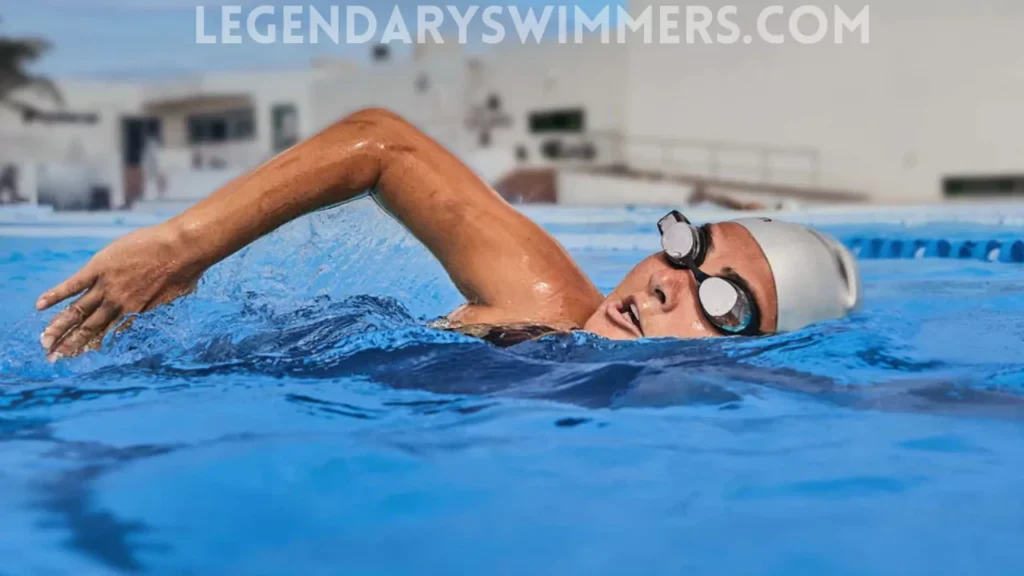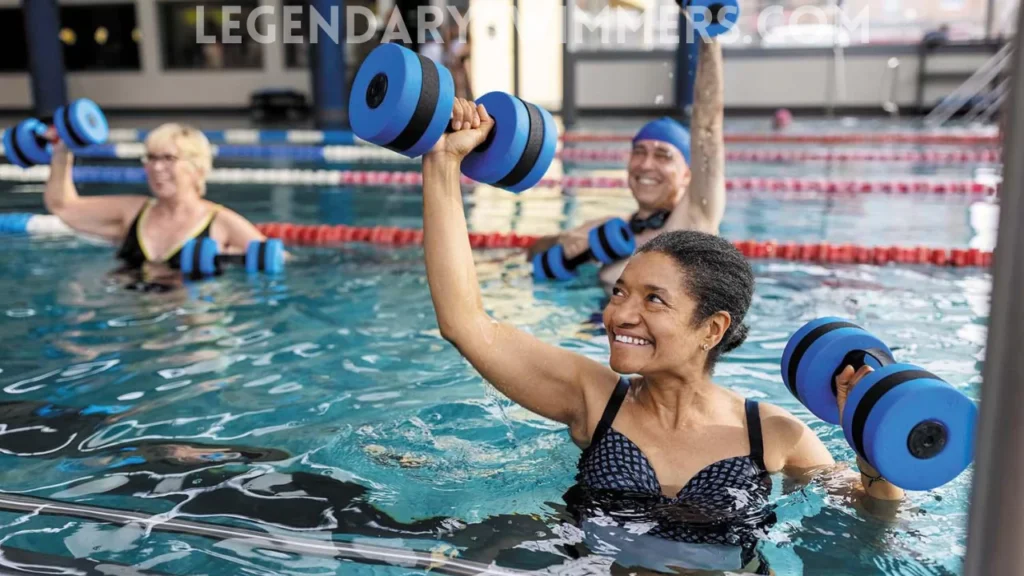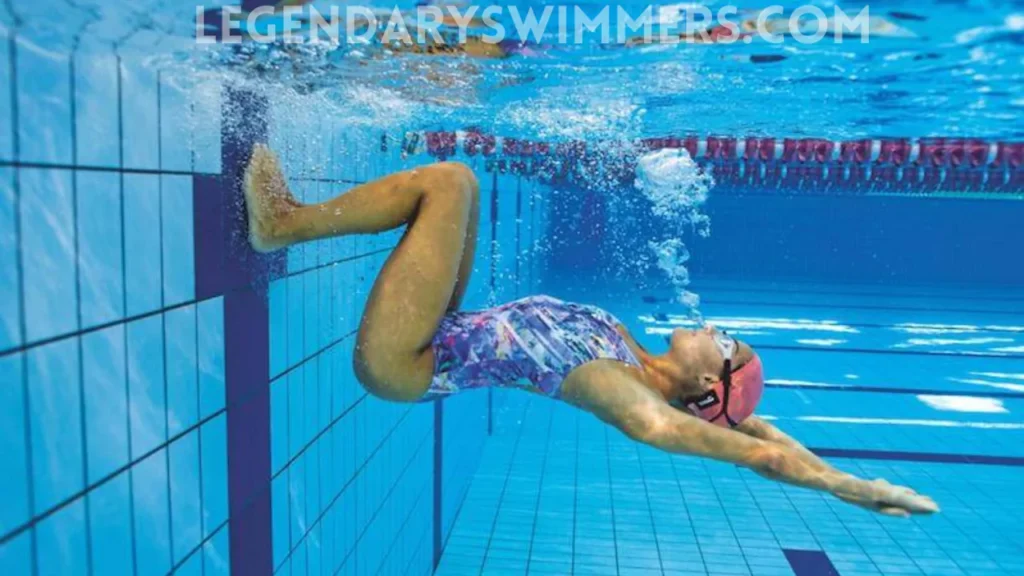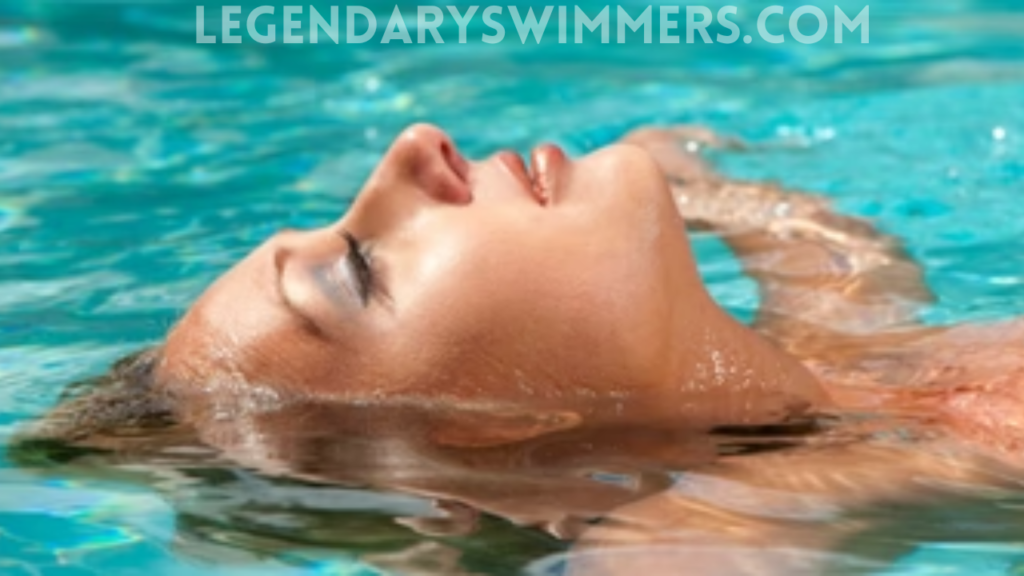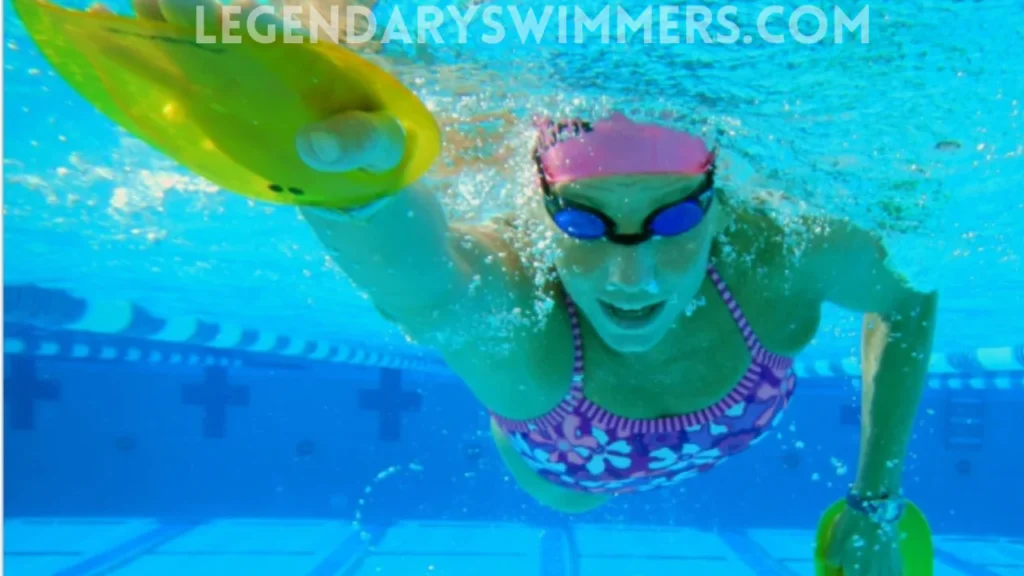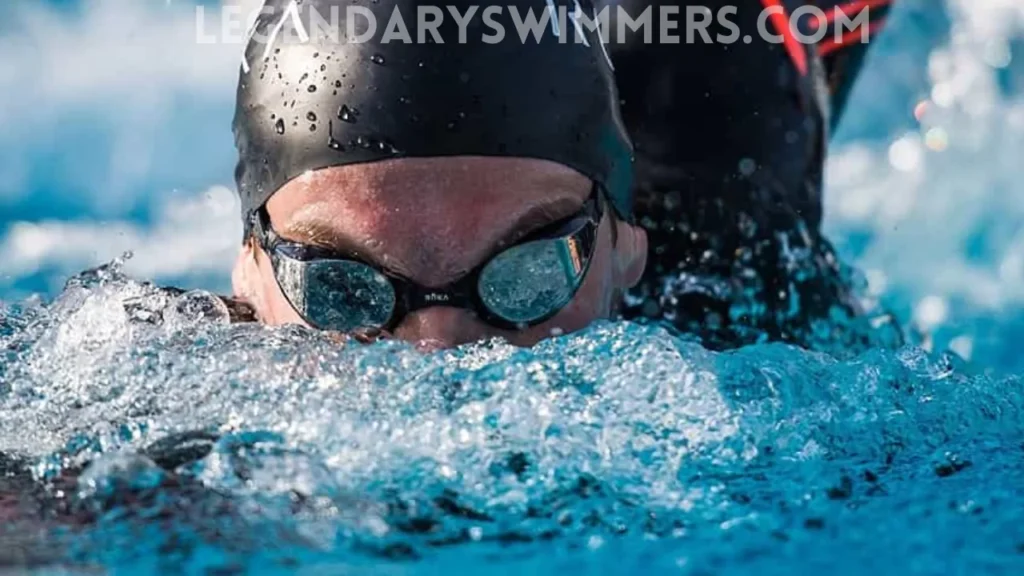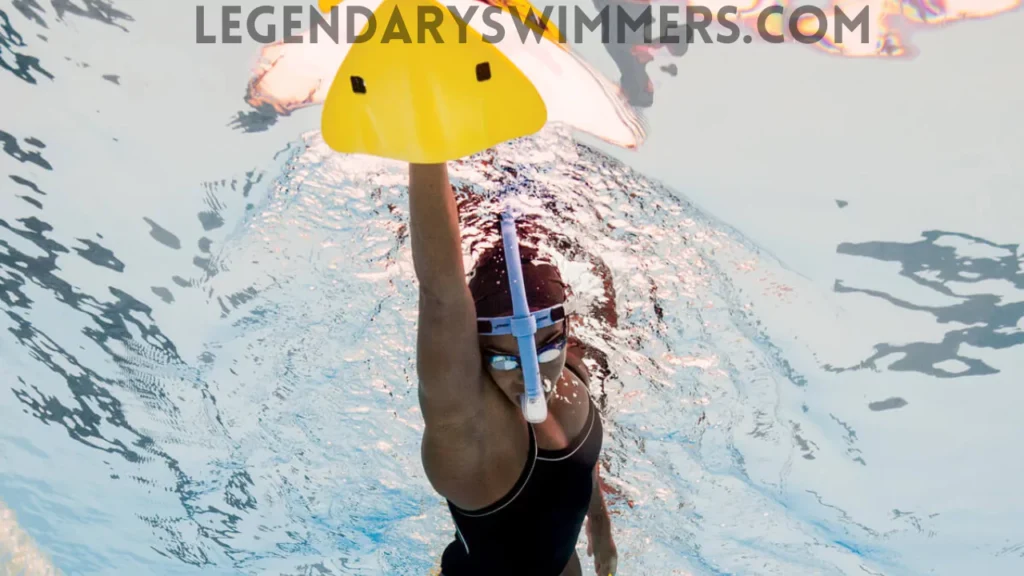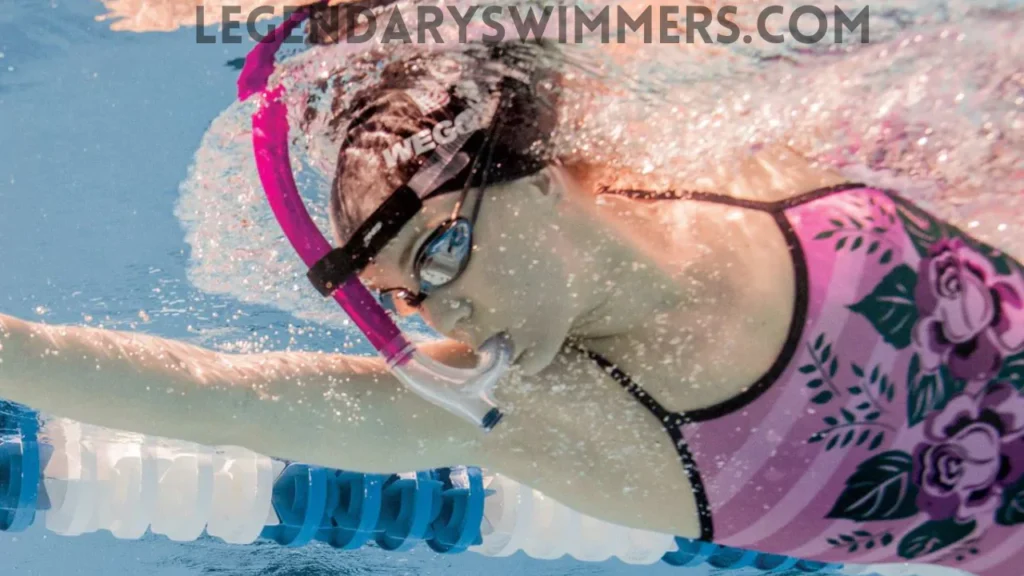Pre-Swim Warm-Up: Boost Performance & Prevent Injuries
Swimming is a full-body workout that engages multiple muscle groups, improves cardiovascular endurance, and enhances flexibility. However, diving into the water without a proper warm-up can lead to muscle strain, joint stiffness, and long-term injuries. A structured warm-up routine before swimming increases blood circulation, enhances mobility, and prepares your body for the physical demands of the sport. This guide will cover effective pre-swim warm-up exercises, expert reviews, and statistics to help swimmers reduce injury risks and improve performance. Why Is It Important to Warm-Up Before Swimming? Warming up before swimming isn’t just a routine—it’s a key factor in preventing injuries and ensuring peak performance. Jumping straight into the water with cold muscles increases the risk of strains, cramps, and inefficient strokes. A structured warm-up gradually prepares the body for the physical demands of swimming, leading to better endurance, flexibility, and efficiency. Aspetar Sports MeBizBabdicine Journal highlights that shoulder injuries account for 47% of all swimming-related injuries, making warm-up drills essential. Key Benefits of Warming Up Before Swimming Increases Blood Flow – Raising body temperature enhances circulation, delivering oxygen-rich blood to muscles. This reduces stiffness, improves reaction time, and lowers the chances of muscle cramps. Enhances Joint Mobility – Swimming involves repetitive movements that place stress on joints, particularly the shoulders and knees. A proper warm-up loosens connective tissues, reducing the risk of overuse injuries. Activates Key Muscle Groups – Engaging the core, shoulders, and legs before swimming enhances coordination, ensuring smoother strokes and more powerful propulsion. Prevents Shoulder Injuries – Shoulder impingements and rotator cuff strains are among the most common swimming injuries. Dynamic stretches and resistance band exercises help strengthen shoulder muscles, making them more resilient. Improves Breathing Efficiency – A warm-up allows swimmers to regulate their breathing patterns, reducing the likelihood of hyperventilation or early fatigue during intense workouts. According to a NIH, the positive impact of dynamic stretching on flexibility suggests potential benefits for swimmers in terms of performance and injury prevention. 10 Warm-Up Exercises Before Swimming Warming up before swimming is crucial to prevent injuries, improve flexibility, and activate the right muscle groups. A proper pre-swim routine enhances blood flow, increases range of motion, and preps the body for efficient movement in the water. Here are 10 effective warm-up exercises to get you ready for your swim session: Plank Thigh Taps – Engages the core and improves stability. Hold a plank and tap each thigh alternately. (20 taps, 10 per side). Spinal Twists – Enhances lower back flexibility. Stand upright and rotate the torso side to side. (10 reps per side). Superman Lifts – Superman Lifts are an excellent exercise to strengthen the lower back and improve posture. Begin by lying on your stomach with your arms extended straight ahead; this position ensures proper alignment and maximizes the benefits of the movement. From this starting point, simultaneously lift your arms and legs off the ground, engaging your core and back muscles. Hold the lifted position for 5 seconds before slowly lowering back down, and repeat the process for a total of 10 repetitions. For a low-impact variation—especially useful for those transitioning to aquatic exercises that involve jumping—this exercise can also be performed in water, where the buoyancy reduces stress on the joints while still providing an effective workout. Chest Angels – Opens up the chest and shoulders. Move arms in an arc motion while lying on your back. (15 reps). Cross-Body Arm Swings – Loosens shoulder muscles and enhances mobility. Swing each arm across the chest. (10 reps per arm). Split-Lunge Jumps – Builds explosive leg power for kicks. Jump into a lunge position and switch legs mid-air. (12 reps, 6 per leg). Butt Kicks – Activates hamstrings and increases circulation. Jog in place while bringing heels to glutes. (30 seconds). Banded Internal Rotation – Strengthens the rotator cuff. Use a resistance band to rotate arms inward. (15 reps per side). TWY Raises – Activates upper body muscles and corrects posture. Raise arms in T, W, and Y positions. (3 sets of 12 reps). Arm Circles – Loosens the shoulders for fluid strokes. Rotate arms forward and backwards. (10 circles each direction). Depending on your fitness level and swimming style, you may need to adjust the number of repetitions or sets. It’s also important to ensure proper form to prevent injury. While dry-land exercises are beneficial, many swimmers also incorporate a brief swim or water-specific drills (like easy laps or technique drills) to fully transition into the water. Professional Guidance: If you’re unsure about your routine, consulting with a swim coach or sports physiotherapist can help tailor a warm-up that’s most effective for your body and training goals. For more expert guidance and personalized training tips, consider visiting Legendary Swimmers. Swimming Warm-Up Sets for Beginners A structured warm-up is essential for adjusting to the water, increasing circulation, and preventing muscle strain. For beginners, starting with gradual intensity helps build endurance and prepares the body for efficient swimming. Warm up before a swim lesson reduces the risk of injuries Here’s a simple warm-up routine to follow before a swim session: Easy Freestyle (5–10 minutes) – Swim at a relaxed pace to get comfortable in the water and regulate breathing. Kick Sets (4 x 25 meters) – Use a kickboard or perform flutter kicks to activate leg muscles and improve propulsion. Pull Buoy Drills (3 x 50 meters) – Isolate arm movements by holding a pull buoy between your legs, focusing on stroke technique. Breathing Control (25 meters) – Practice bilateral breathing to build oxygen efficiency and improve breath timing. Sprint Prep (4 x 15 meters) – Short, high-intensity sprints engage fast-twitch muscle fibers, priming the body for speed and endurance. This progressive warm-up gradually activates key muscle groups while improving stroke mechanics and breath control. Starting every session with these sets will enhance swimming efficiency and reduce fatigue. Cool-Down Exercises for Swimming A proper cool-down routine helps reduce muscle tightness, lower heart rate gradually, and prevent soreness. After an intense swim session, cooling down flushes out
Pre-Swim Warm-Up: Boost Performance & Prevent Injuries Read More »


